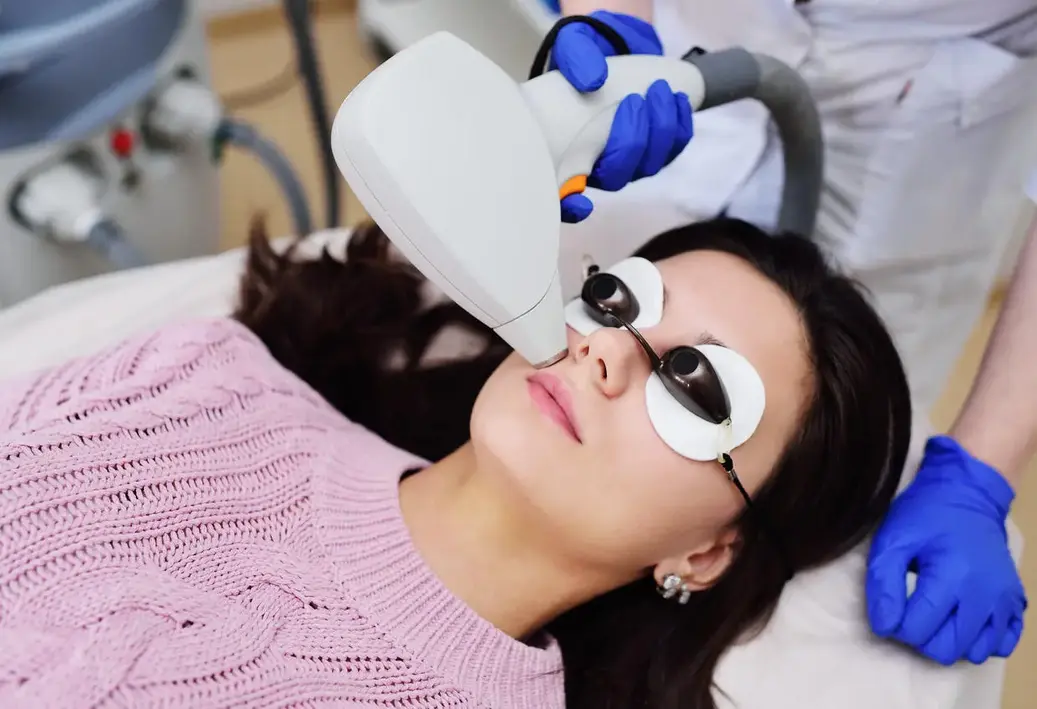
Laser hair reduction is a long-term hair removal method that uses laser energy to damage hair follicles and slow regrowth. Laser hair reduction is a popular and effective method for long-term hair removal. Unlike traditional methods such as shaving or waxing, laser treatments target hair follicles to minimize regrowth over time. This article explores the science behind laser hair reduction, how it works, and what to expect from the laser treatment process.
Laser hair reduction is a non-invasive cosmetic procedure that uses concentrated light energy to target and damage hair follicles. This process slows hair growth and, with multiple sessions, can significantly reduce unwanted hair in treated areas.
Laser hair reduction treatment relies on selective photothermolysis, where laser energy is absorbed by the melanin (pigment) in hair follicles. The absorbed energy converts into heat, effectively damaging the follicle while preserving surrounding skin. Over time, this leads to a reduction in hair growth.
Hair grows in different stages:
Since lasers are most effective during the anagen phase, multiple sessions are required to target hair in different growth stages.


Proper aftercare is essential to ensure safe healing and prevent complications. Here are some tips:
While laser treatments significantly reduce hair growth, results vary based on individual hair type, skin tone, and hormonal factors. Maintenance sessions may be required for optimal long-term effects.
Laser hair reduction works best for individuals with light skin and dark hair, as the laser targets melanin. However, advancements in technology have made treatments more effective for a wider range of skin tones.
Laser hair reduction offers a long-term solution for managing unwanted hair with minimal discomfort. If you’re considering this treatment, consult the best Dermatologist to assess your needs and create a personalized plan. With the right approach, you can achieve smooth, hair-free skin that lasts.